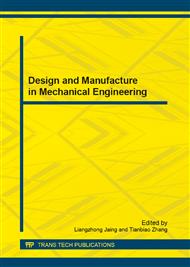p.330
p.336
p.341
p.345
p.351
p.358
p.364
p.368
p.373
Numerical Investigation on Boundary Layer Flow Control with Vortex Generators
Abstract:
The numerical simulation method was adopted to analyze the effect on boundary layer thickness reduction of various vortex generator parameters. Results show that vortex generators are capable of reducing boundary layer thickness for about 66 percent, and the influence on centerline Mach number distributions is neglectable. Practicable vortex generators for 2.4m transonic wind tunnel half-model test section side wall are founded. Research results can be used for further applications of vortex generator in wind tunnel tests.
Info:
Periodical:
Pages:
351-357
Citation:
Online since:
September 2013
Authors:
Price:
Сopyright:
© 2013 Trans Tech Publications Ltd. All Rights Reserved
Share:
Citation:


